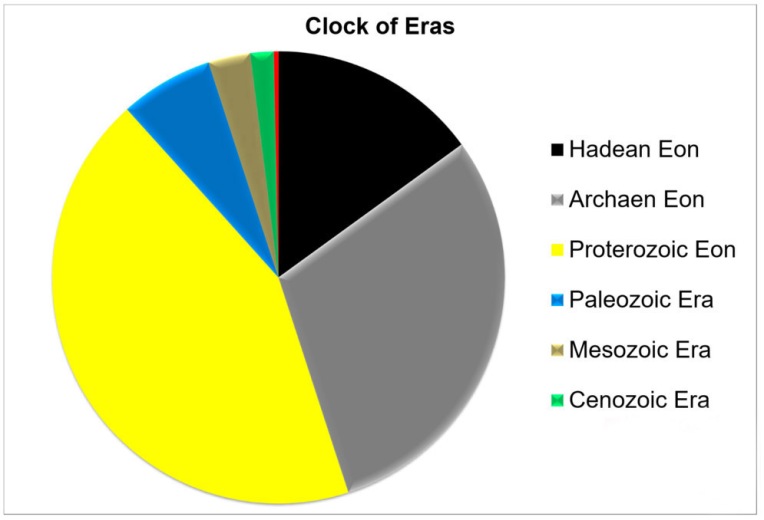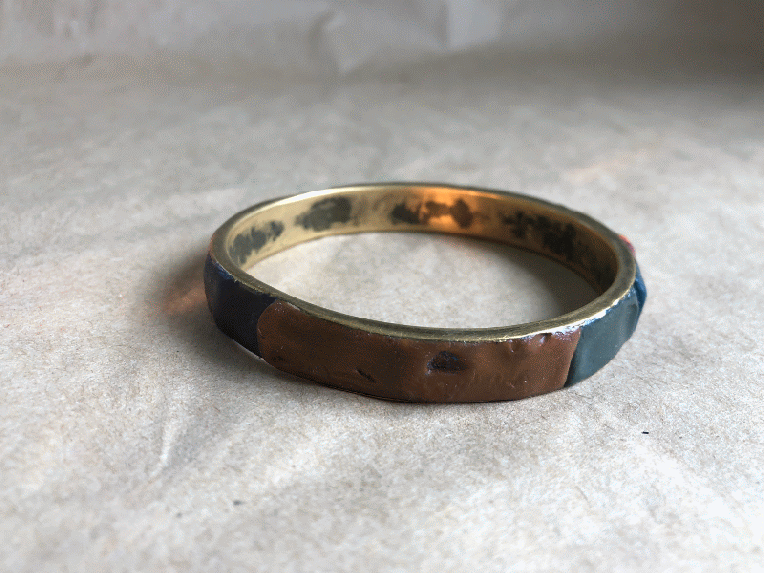Like Diamonds, Plastic is Forever
Bolinas Museum
September 27 - January 4, 2015
The North Pacific Gyre - a swirl of plastic debris in the ocean has been described as an island of trash, some say the size of Texas. Folks ask- why don't they just go and clean it up? Who is this they? If they could remove the heap of trash from the ocean they would put it where?
Scientist and engineers, teams of brilliant people, are designing high and low tech clean-up schemes from vacuuming the surface of the ocean to trawling deep to retrieve the accumulation from the ocean floor. Unfortunately all of the ideas, albeit sincere, have serious drawbacks — the problem of by-catch and the removing of vital plankton along with the plastic.
In this exhibition at the Bolinas Museum, my scheme is to consciously create the conspicuous consumption of plastic by making beach plastic jewelry a status item. As with rare gems, the value of pelagic plastic will increase, making it so valuable that pirates and swashbucklers will trawl the seas seeking treasure.
Scarcity can also be a multiplying factor in the creation of value. When all of the oil has been extracted, plastic as we know it today will be a rare commodity, people will look to mine existing plastic and recover the hydrocarbons. Petrochemical plastic will have tremendous value as a treasured reminder of days gone by, when plastic was a term for something cheap and disposable. An increase in the value of the plastic bits floating in the ocean could make for a contentious situation. Imagine the Great Pacific War of 2050 where nation against nation are out at sea mining to clean up the mess.
Since 1999, my husband Richard Lang and I have collected ocean-born plastic debris exclusively from 1,000 yards of Kehoe Beach in the Point Reyes National Seashore. Each piece of plastic used in the creation of this jewelry was collected from that 1,000 yard stretch. The brightly colored bits are "curated" from the confetti strew that washes up on to the beach. In my studio they are cleaned then sorted into color and kind and become my "inventory." Sometimes an unusual shape will spark a design reverie. Sometimes the rich surface, the sea-buffeted patina will incite the creative process. Sometimes the recognizable part of a something (a piece of a comb or a juice lid) will evoke the question - could that have once been mine?
Wearing one of my eye-catching pieces always attracts much attention and is a perfect segue to talk about what is going on with plastic in our oceans and on our beaches. Although the news about plastic pollution is dire, by putting a little fun and fashion into the conservation conversation, I hope that the value of the plastic detritus will increase so that soon everyone will be out at the beach “shopping” for a special piece of plastic trash or will be eager to “mine” the North Pacific Gyre for plastic treasures. Then, we get some great things to wear and to look at, plus we get a clean and healthy sea.
After years of collecting plastic, I craft my choicest finds into unique art-to-wear pieces —hand-crafted, one of a kind, made exclusively from Kehoe Beach plastic. They can be worn or displayed as a precious artifact, a relic of contemporary consumer culture.










